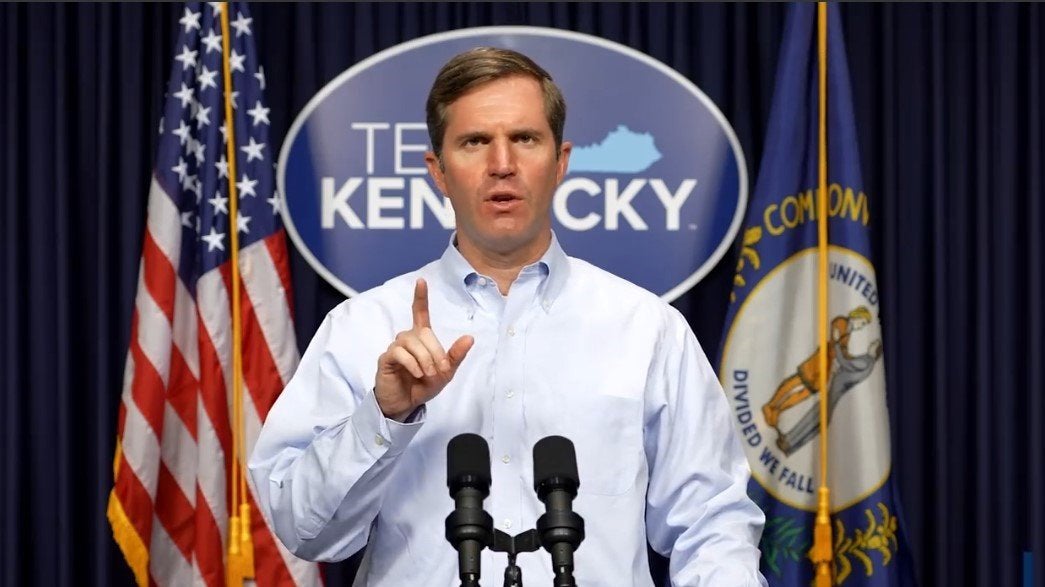Going Green: Lawns make little sense from environmental perspective
Published 6:04 am Tuesday, August 21, 2018
Nowhere in nature can you find a naturally occurring patch of green grass perfectly trimmed and weed-free. It takes continual work to maintain such an unnatural appearance. However, having a “perfect” lawn has become the goal for many people.
People mow, trim, water and spray weed-killers on their patches of green grass continually in an effort to keep their lawns looking “good.” But what does all of that accomplish? Why do we define “good” as having zero resemblance to nature or benefit to the critters we share the land with?
Our ideas of what a lawn should look like have actually been taken from Europe. Thomas Jefferson saw the lawns in Europe and liked them so much that he did the same thing to his house in Monticello. George Washington did the same thing to his house in Mount Vernon. He had wide open spaces of mowed grass and he even had a bowling green in his yard. Images of Washington’s lawn in Mount Vernon were distributed all over the United States and when wealthy Americans saw these images they really wanted to have lawns like Washington’s.
So why are we carrying on a tradition of mowing lawns that came from Europe and was popularized by the wealthy? I don’t think anyone now thinks of having a lawn as a status symbol. Having a manicured lawn is a lot of work with basically no benefit. Sure, they can look nice but they are offering nothing to the environment and most people are spitting pollution into the air or ground every time we give it a mow or spray for weeds. Beyond that, we’re preventing our land from serving as the natural habitat it previously provided for local plants and animals.
Bluegrass, which is the nickname for our great state of Kentucky and is even in the name of my column, isn’t even from America. Bluegrass seeds are actually from Europe and the Middle East and were brought here to America to be grown as food for livestock.
How can we move away from this idea of lawns that has become so normalized? Is it too crazy to think that we can get rid of these lawns and go back to more natural-looking front yards? Changing something so ingrained in our society is difficult, but it starts with even just a few people making small changes. There are some things you can do to help transition your yard back to a more natural state.
I like to keep my grass a bit longer than some people. It’s better for the grass itself, because I don’t cut it down within an inch of its life. But it’s also better for insects, snakes, rabbits and other animals that like to have a bit of cover.
When a yard is just a vast expanse of green grass, there aren’t any flowers for butterflies and bees to feed on. This is a big problem because bee and butterfly populations are on the decline. If everyone took a piece of their lawn and planted some native flowers like purple coneflower, common milkweed or bee balm, it would add color and provide natural habitat for bees and butterflies.
You should also avoid using pesticides on your grass, because you are adding harmful chemicals into the water supply. When it rains after you have applied a pesticide, the rainwater washes the chemicals off into streams and creeks. The pesticides could also soak into the ground and get into groundwater.
Another problem with having a large lawn is that some people feel the need to water it constantly. A lot of our grasses here in the United States have been brought over from other countries. While a lot of them have acclimated to our weather, most grasses don’t hold up well when the summer is really hot and dry. Often, people use potable tap water to water their lawns so they stay green. That only adds to the expense and environmental impact of maintaining a lawn. If you need to water your grass — or flowers or vegetables or really anything at all — I suggest that you install a rain barrel. Rain barrels hook up to your gutters and collect water when it rains. You can hook hoses up to the bottoms of rain barrels, and then when you need some water for plants, you can just turn on the tap and you have a lot of water at your fingertips.
To sum up the problem: We prevent large chunks of land from serving as the natural habitat they’re supposed to be by burning gas, spraying chemicals and expending potable water, all so that we can impress each other with land we rarely ever actually use. It’s hard to come up with a worse idea than a lawn.
To sum up the solutions: There are ways to make your yard a productive and eco-friendly space. You can use part of it to grow native plants, use part of it for a vegetable garden or just plant some native plants that don’t get too long and can just be left alone. I currently have some plants in my yard that don’t get tall at all and I’m able to just leave them and not mow them at all. All yards are not the same so make sure you do some research to see what will work in your yard before you plant.
Amanda’s Animal Fact of the Week
There are about 30,000 different species of wasps. They also come in a variety of colors from yellow and brown to red and blue. Some live in groups and can be aggressive, though most of them are solitary and do not sting.







